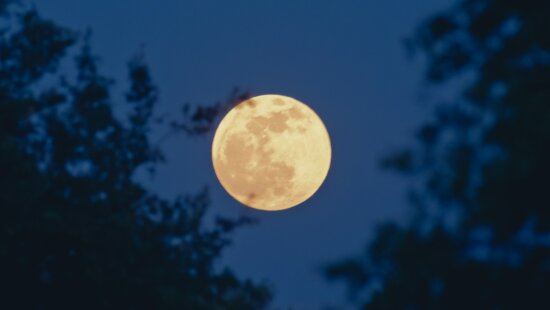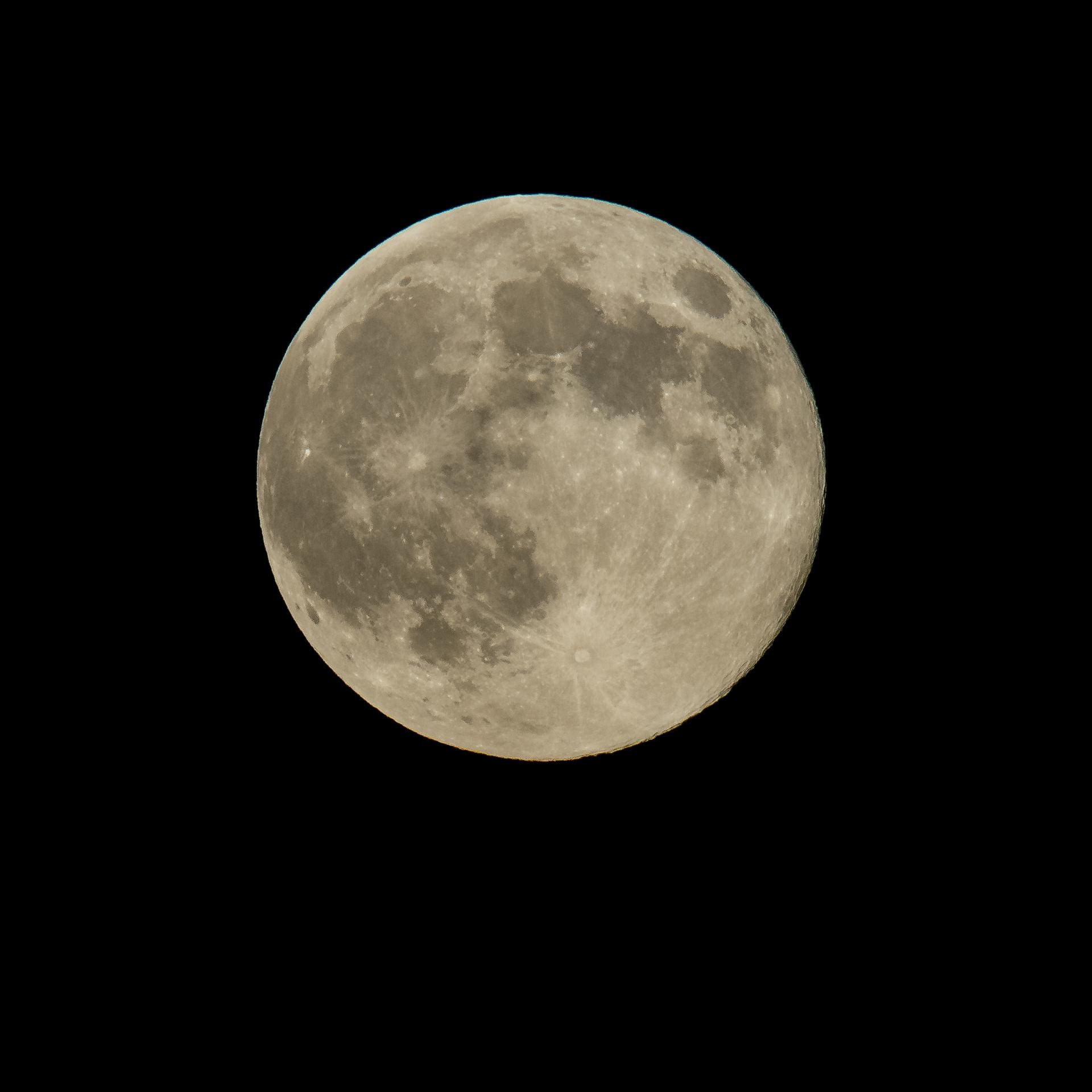Weather
Look up! October promises rare astronomical triple treat

Harvest Moon sets over Park City. Photo: TownLift
Astronomers and skywatchers are gearing up for an extraordinary month of celestial events in October 2024, featuring a supermoon, multiple meteor showers, and the rare appearance of two naked-eye comets.
Following a series of meteor showers in early October, the month’s celestial events will crescendo with the Hunter’s Moon on October 17, also this year’s largest supermoon. Due to its close proximity to Earth, this full moon will appear significantly larger and brighter than usual. It will remain fully illuminated for about three nights.
October 2024 will host seven meteor showers reaching their peak activity:
– Draconids on October 8
– Southern Taurids on October 10
– Delta Aurigids on October 11
– Epsilon Geminids on October 18
– Orionids on October 21
– Leonis Minorids on October 24
The International Meteor Organization predicts that only the Orionids are expected to produce a significant number of meteors per hour (≥20) during their peak. However, the organization warns that the recent full moon may impact visibility for all showers. Observers are advised to use tall structures to block moonlight for better viewing conditions.
The real celestial showstoppers of the month will be two comets visible to the naked eye, a rarity in astronomical events. Comet C/2023 A3 (Tsuchinshan-ATLAS) is expected to put on its best display in early October. Observers should look towards the western horizon in the early evenings starting around October 9. The comet could reach a magnitude of -5.0, making it visible even in daylight under the right conditions. It is predicted to remain easily visible to the naked eye until about October 14.
Later in the month, the newly discovered Comet C/2024 S1 (ATLAS) will make its appearance. This Kreutz family comet is forecast to become exceptionally bright around its perihelion on October 28. This could make it visible in the daytime sky close to the sun. Viewing conditions are expected to be optimal in the Southern Hemisphere, with its bright dust tail possibly visible in the morning sky in the Northern Hemisphere as it approaches the Sun.
Comet 13P/Olbers will also be observable for telescope users, though much fainter, through small telescopes from both hemispheres. On October 14, it will pass close to C/2023 A3 (Tsuchinshan-ATLAS) in the sky, offering a rare opportunity to spot two comets simultaneously.
Featuring a constellation of remarkable events, October 2024 is poised to be a month that will leave observers starstruck.
Want a chance to be featured? Submit your photos of this month’s supermoon and night sky photos to tips@townlift.com.




















